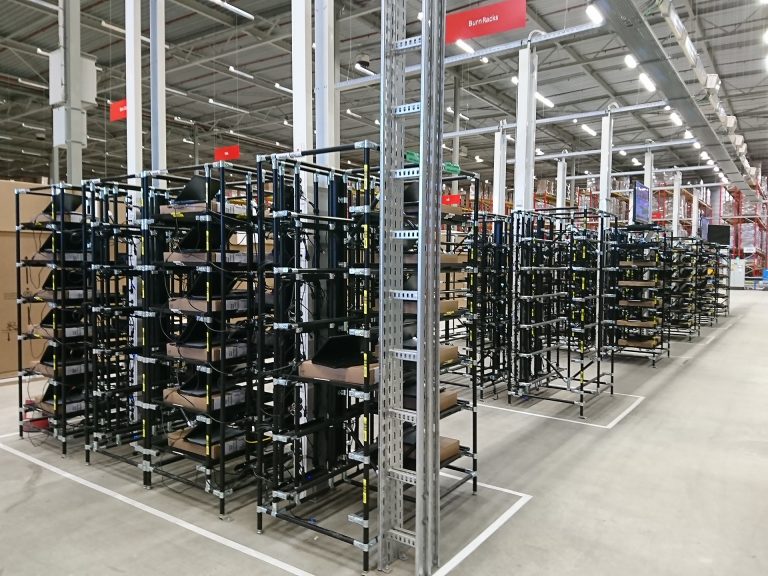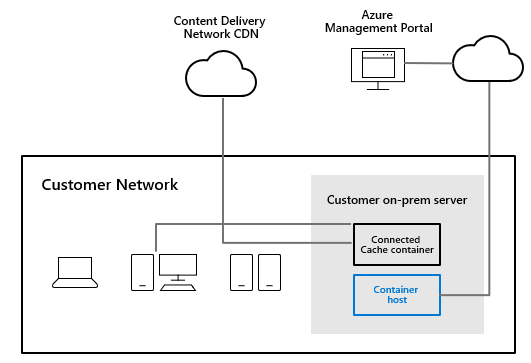Microsoft made several announcements at Ignite 2019 regarding new or enhanced modern deployment capabilities and, as is often the case, those capabilities have been discussed in isolation by many other bloggers. This post, however, seeks to put them into a business rather than technical context. I have been tracking the development of these technologies for last few years and sharing my thoughts along the way.
Provisioning and Application Delivery
In my previous posts, I have discussed the areas where the modern management approach had areas of weakness, particularly around application delivery and enabling the initial user experience often encapsulated by “like receiving my new smart phone.” These gaps were typically to do with delivering the application payload that our users need or the business requires. In Dell’s experience, the average image size our customers ask us to deliver is 17GB. Even allowing for 10GB of this to be OS related, delivering 7GB of application payload to each device from a cloud tenant is a challenge.
In order to deliver these applications to the device before the user receives it, Dell has encouraged Microsoft to develop what is now known as Autopilot White Glove. This enables Dell technicians to execute most of the Autopilot process in our Configuration Centres before we ship the device to its new owner. The user then takes it out of the shipping box and, on start-up, go through the user portion of the Autopilot process.
Delivery Optimization
This is a huge step forward for the average build room. However, if customers operate centralised build rooms, they will need to consider a new challenge. The centralisation of this application download activity will place a sizable demand on their internet access bandwidth which might have been more manageable when the activity was more widely distributed through their locations. For Dell, this problem is magnified still further, as we operate regional Configuration Centres that do this work on behalf of our customers. For example, our facility in The Netherlands ships devices to customers in 102 countries throughout Europe, the Middle East and Africa.

From this stand point, the single most important announcement was around the maturation of the DOINC (Delivery Optimisation In Network Cache) into the Microsoft Connected Cache. The Connected Cache first appeared in technical preview as an extension to Configuration Manager in the 1903 release. At this stage, it was tied to a Distribution Point role.
To explain, Delivery Optimisation is Microsoft’s peer to peer sharing solution. First released in the 1607 build, it is used within the Windows 10 world to help reduce the impact on the network, specifically WAN and Internet links, of update traffic. The concept behind it is not new, 1E and Adaptiva have offered similar add-on capabilities to enhance Configuration Manager for a while and the BitTorrent world has seen the benefit of distributing the workload too.
Intune and Microsoft Connected Cache
Returning to the Ignite announcement, Andy Rivas and Narkis Engler, explained in session BRK 3078 that the DOINC was being renamed to the Microsoft Connected Cache as of Configuration Manager TP1911 and, furthermore, it was being enhanced in two key ways:
- Support had been added for Intune Win32 apps – this is the path by which Intune deploys traditional Windows applications. They must first have been processed to convert them from MSI to Intunewin format and uploaded to Intune. Originally, these applications were delivered from Intune to the client devices via SSL meaning that the content could not be cached. However, since the intunewin format is encrypted, changing the transfer mechanism to HTTP enabled delivery optimisation caching.
- Creation of a standalone, containerised variant of the cache – Microsoft Connected Cache managed in Microsoft Azure can be installed on either an on premises Windows Server or Linux but managed from the cloud. This is in private preview at the time of writing. It is designed to be a set and forget solution that seamlessly and transparently caches content.

The value of these two enhancements is that they enable the use of delivery optimisation (peer to peer) for most of the content being delivered by Intune during the APWG process and Dell can now host a local cache server (seeding the peer to peer) to optimise the process still further.
Summary
With these enhancements, Dell will be able to offer Autopilot White Glove based services, integrated into our logistics chain, enabling us to deliver a new laptop to your users, fully provisioned as per your specifications, without your IT team having to physically handle it. Imagine that the device was delivered to your user’s home address, without any additional shipping or handling cost and associated environmental impact, how happy would that user be?
If this service interests you, please get in touch with your Dell Technologies Services Expert and let us help you to delight your users.
